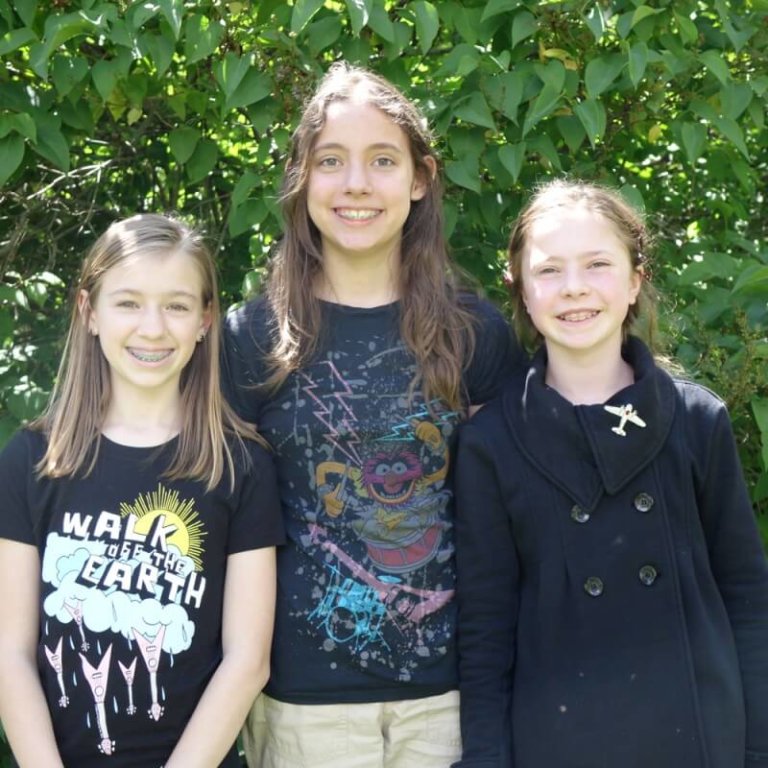Seventh grader Jordan Davidson sits in Macy’s Place on a sunny day at Colorado Academy, rattling off facts and figures with the precision of practice. “2.2 million deaths a year are attributed to waterborne diseases,” she says, referring to a World Health Organization figure. “Four percent of all deaths worldwide are water-related.”
In front of her is a binder organized with papers she uses for reference. Across from her, fellow seventh-graders Renna Allan and Emily Groza nod their heads and wait to add their two cents.
The trio is actually a team, which came together months earlier when they heard about ProjectCSGirls, a competition that challenges Middle School girls in grades 6-8 to use computer science and technology to develop solutions to imminent social problems.
Just fresh off the Global Water Challenge held in sixth grade, where students are assigned a country and then have to come up with a solution for its water challenges, the girls came together and used features from all of their projects to design a water filter to enter into the competition.
“We used elements from all of our filters mashed together and then simplified to what we could build within the time limits,” says Jordan.
The result? A water filter that sifts out dirt and then uses UV light to kill or mutate bacteria—earning them a place in the competition as one of three regional winners for the states of Colorado, Wyoming, North Dakota, South Dakota, Nebraska and Kansas. Other entries included wearable technology, a six-part pill that would detect cancer in the pancreas, and a simulator that allows you to feel what it’s like to get an MRI.
Much like other projects, creating the UV filter included a lot of trial and error in order to build a successful, final product. Emily explains that it works by collecting water through a pipe that extends out of the top. The water then passes through a sediment filter made of polypropylene, which removes minerals as small as thirty microns (Think: a third of the width of human hair). It finally filters through UV light, which is powered by a 9-volt battery, killing or mutating any harmful bacteria.
“And it costs less than $100 to make,” says Emily.
While the girls haven’t tested the filter, they researched the statistics for using UV light to filter water, and formed a hypothesis, which was included in the research proposal they were required to write. They also had to complete a blog, film a video tutorial and write a paper that prompted the question: Why girls in tech?
Renna, who wrote the paper on the latter topic, was ready with an answer. “If girls don’t have role models to look up to, then the next generation will not have role models to look up to,” she says. “So, less girls go into science because they don’t have as much hope.”
Inspiring future role models is one point of ProjectCSGirls, which honored all regional winners during their National Gala in Washington D.C. in June. There, five overall winners were named.
While the girls didn’t place at the National Gala, they walked away with a greater lesson, and one that knows no gender.
“It’s really important,” says Jordan, “to save each and every human life that we have the capability of saving.”
To view their submission video, click here.
